After a morning of driver switching and dll juggling failed to persuade Task Force Admiral’s ‘vertical slice’ to run on my PC, I decided to assuage my disappointment by playing the closest thing TFA has to a spiritual antecedent. In 1994 wargaming visionary Peter Turcan self-published a WEGO wargame that sank into obscurity faster than the Shōhō slipped beneath the waves during the Battle of the Coral Sea.
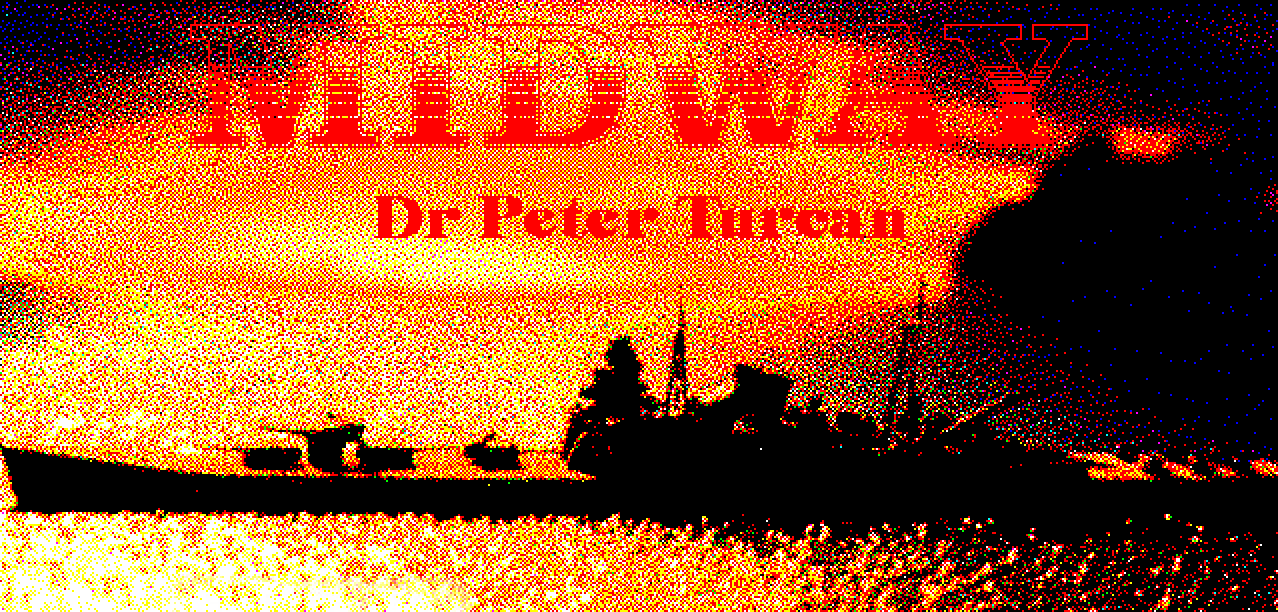
Midway is that rare thing, a 20th Century computer game unacknowledged by MobyGames. It doesn’t have a Wikipedia page. As far as I know it garnered no print reviews. If it wasn’t for eBay search results, mentions on a handful of abandonware sites, and the fact that I’ve been playing it intensively for the last couple of days, I’d be tempted to doubt its very existence.

While Midway’s installer – all two megabytes of it – might be a click away in 2023, its invaluable documentation is not. At various points during my stroll down (extended) memory lane, I’ve been grateful I own a yellowing, ninety-page booklet that contains, amongst other things,…
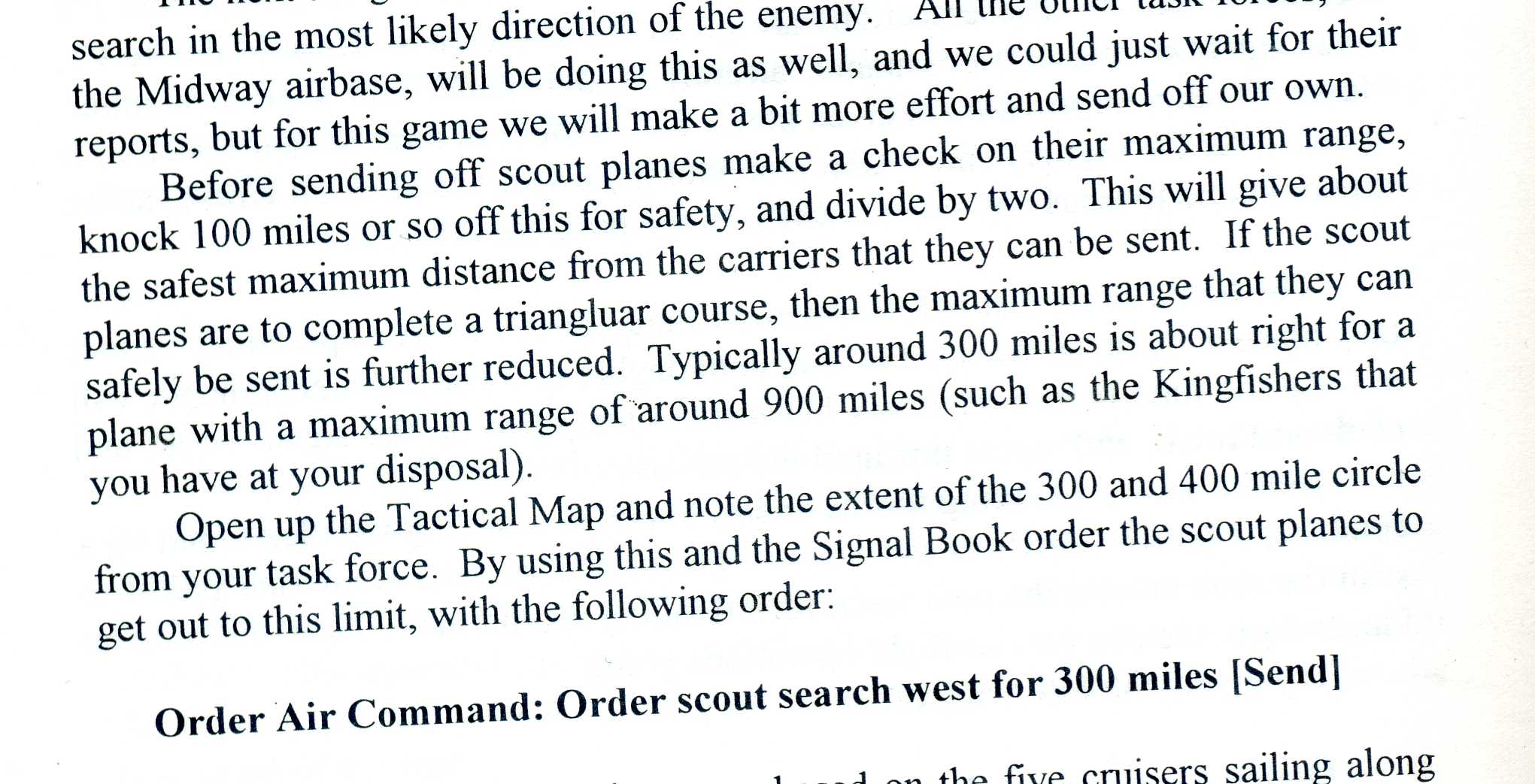
- The closest thing the game has to a tutorial
- A detailed explanation of a menu-based order issuing system that is, by Peter Turcan’s standards, surprisingly mousey
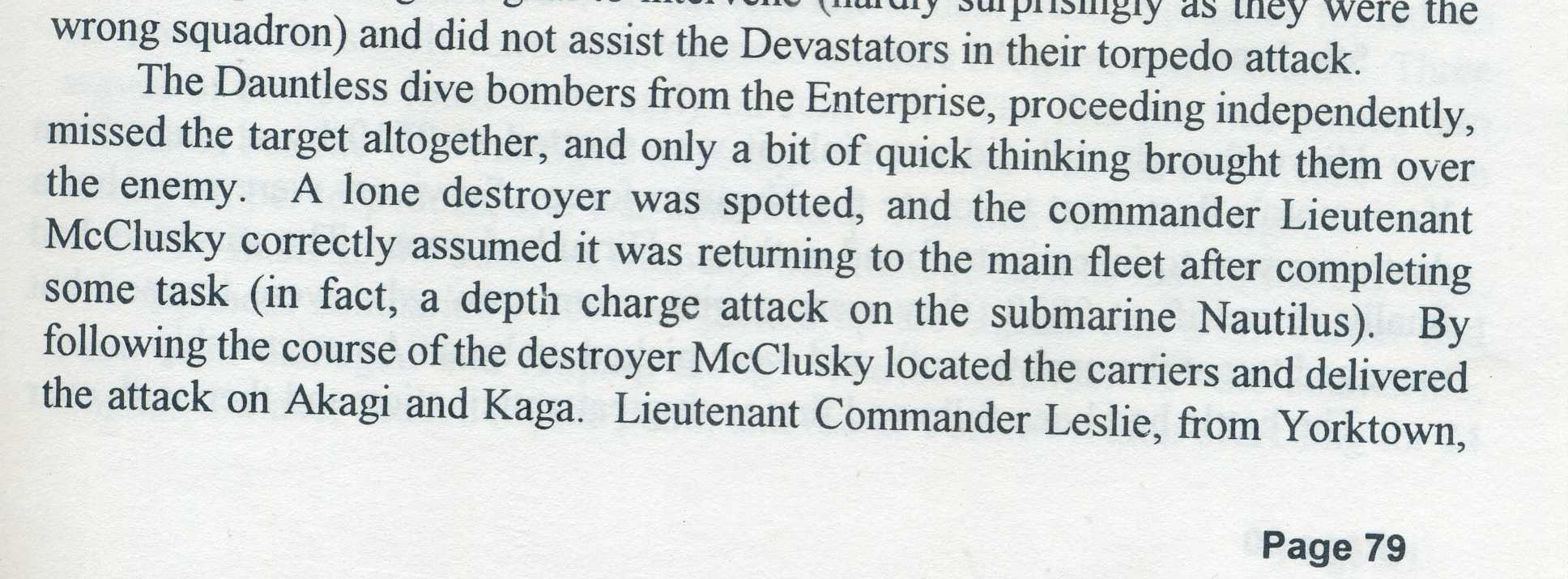
- A well written 23-page account of the titular scrap
- Information on the game’s remarkably granular damage modelling (Larger warships feature up to 14 damageable systems)

- A passing reference to an archaic coding aid known as a Periscope
- A fulfilled promise of gloriously dense Fog-of-War

- Over-optimistic sequel plans
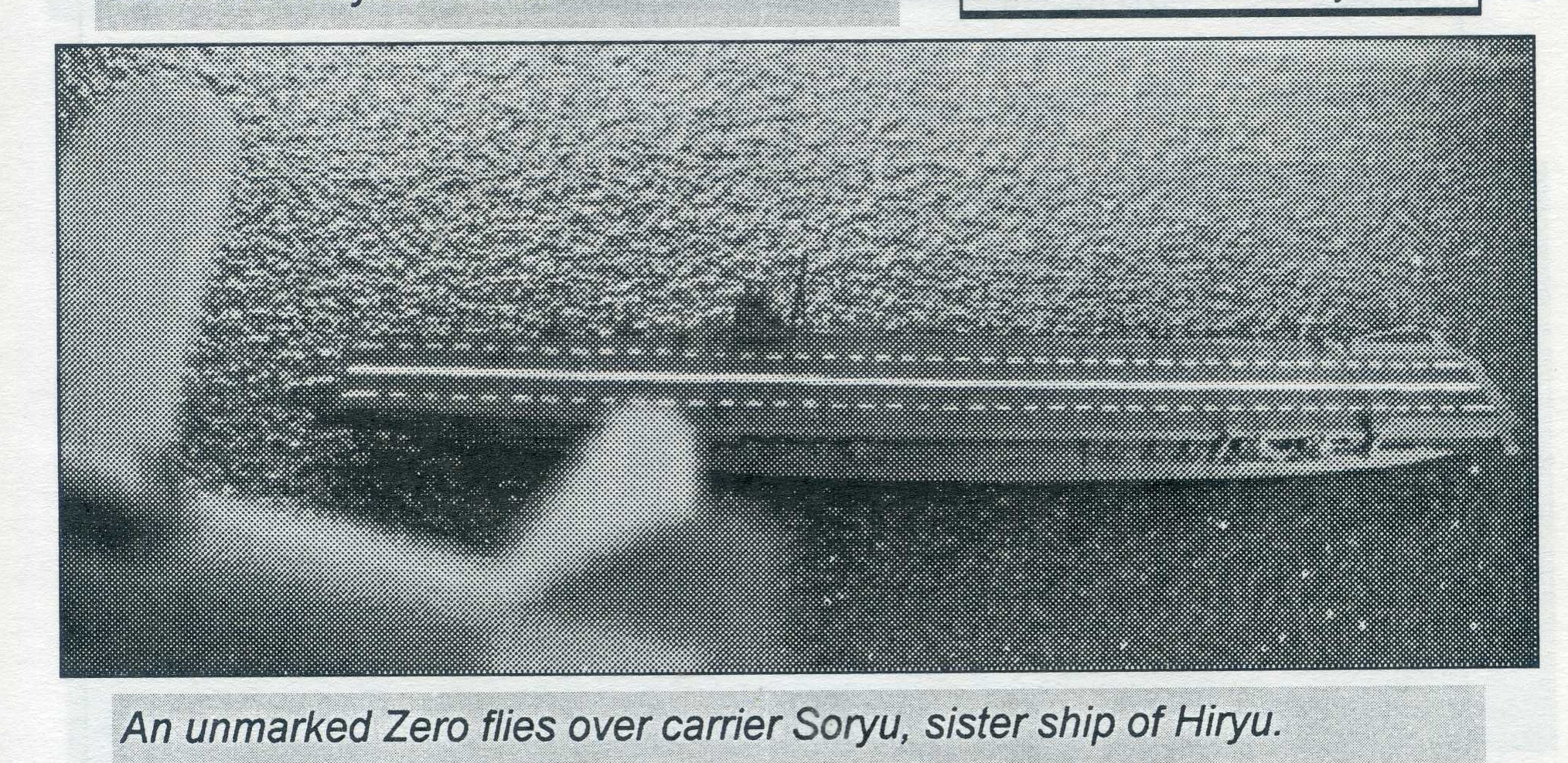
- And charming faux aerial photographs made with wargaming miniatures
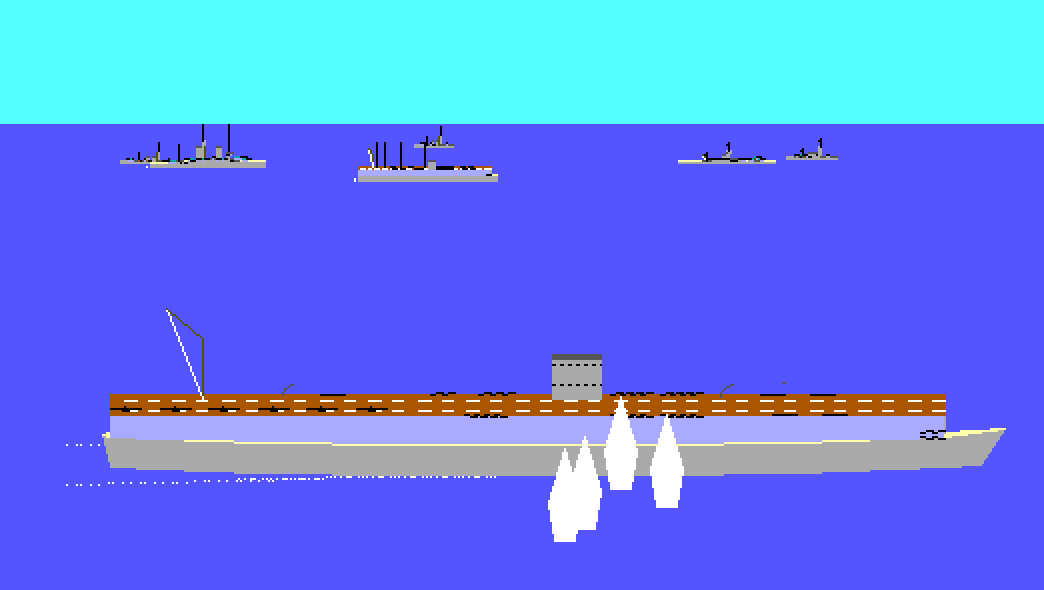
Turcan was happy to let players choose sides, alter turn lengths (6, 12, or 30 minutes) on the fly, and explore scenario variants such as ‘no simultaneous attack on the Aleutians’, ‘US fleet arrives after Midway has fallen’, and ‘all US flat tops in one taskforce’. What he wasn’t prepared to do was allow Joe Public to meddle with his carefully fashioned Fog-of-War and combat routines. There’s nothing resembling customisable difficulty or realism settings here. If you want to Midway, you’ve got to do it at ‘full realism’.
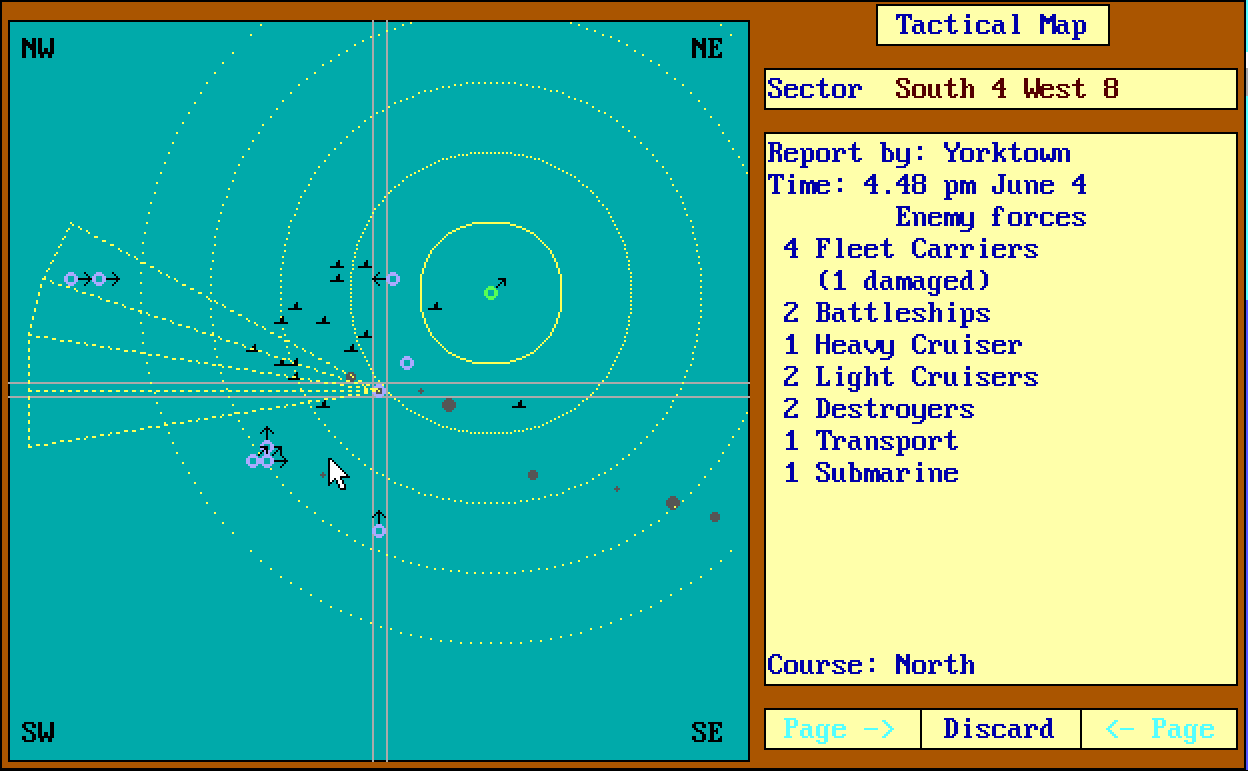
At times‘full realism’ means knowing more about the positions and activities of enemy taskforces than friendly ones. Invariably it means imagining rather than watching the results of the airstrikes you initiate.
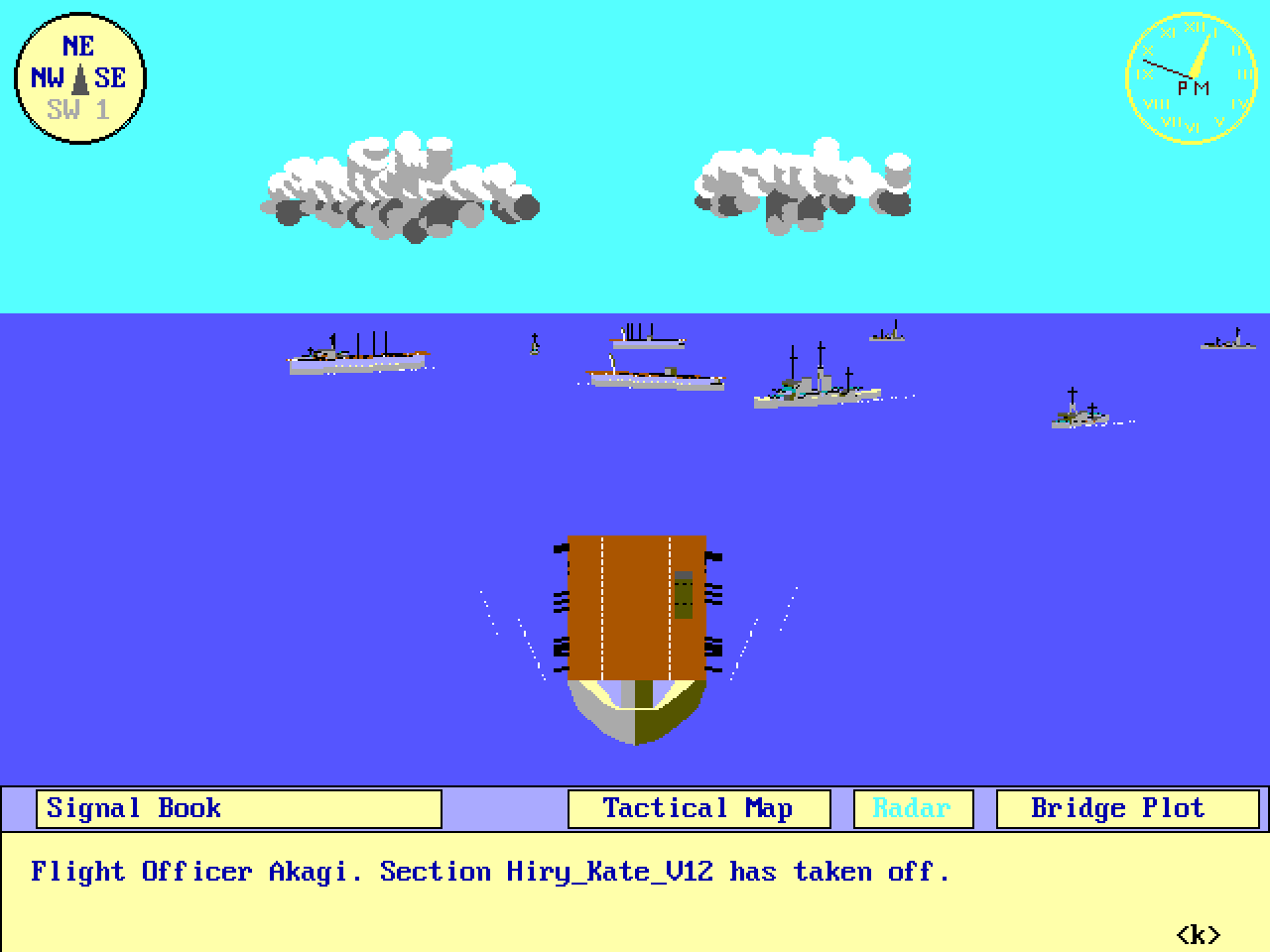
Like Halsey and Nagumo, Midway players never get to look-on as their winged death bringers deliver torpedoes and bombs. Because the texture-free 3D view is firmly tethered to your own taskforce, the closest you ever get to your own attacks is reading the brief, unreliable ‘sector reports’ supplied by the friendly aircraft and ships involved.
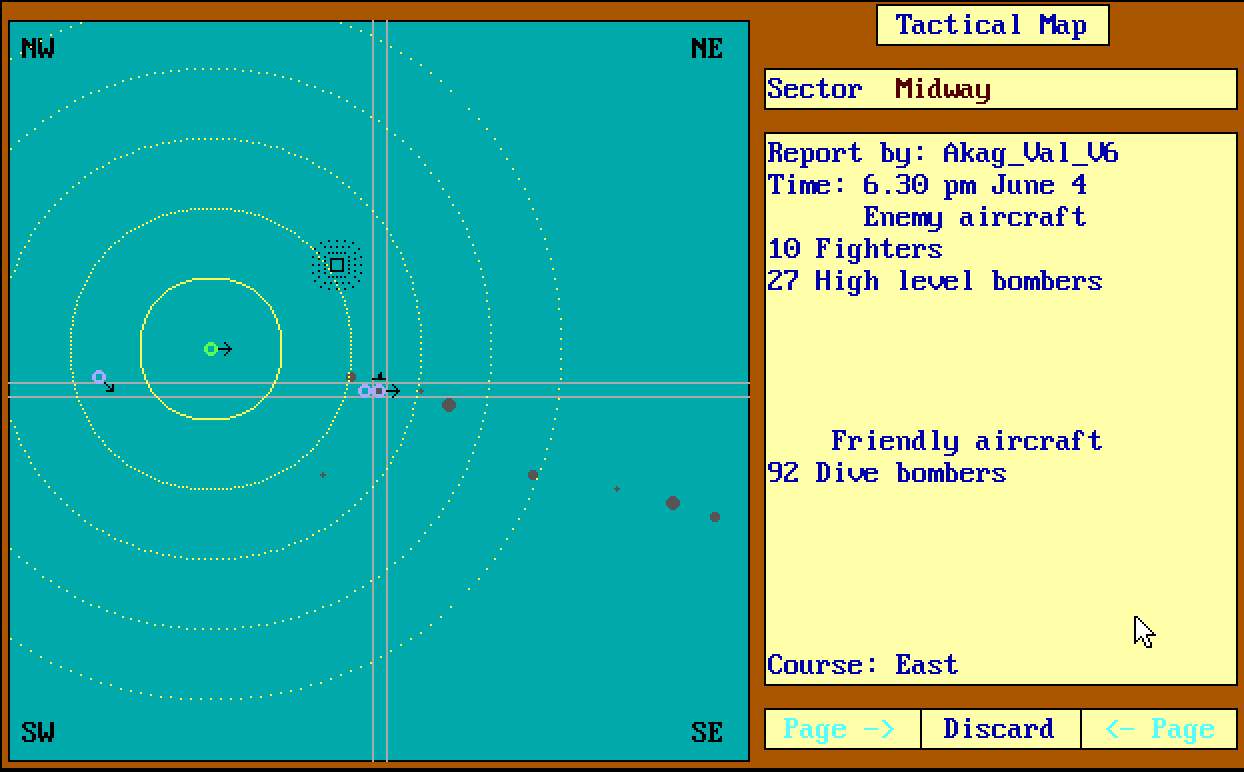
Free of restless unit icons, the tac map basically serves as a messy menu for inspecting and comparing these reports. Scout stupidly or lazily, and refuse to jeopardise radio silence by requesting info from other TFs, and this important screen will mock you with its blankness.
Like other fine WW2 flat top wargames such as the older Carriers at War, Midway regularly makes you feel like you’re engaged in a shootout in an unlit cellar. To fire or speak is to risk telegraphing your position.
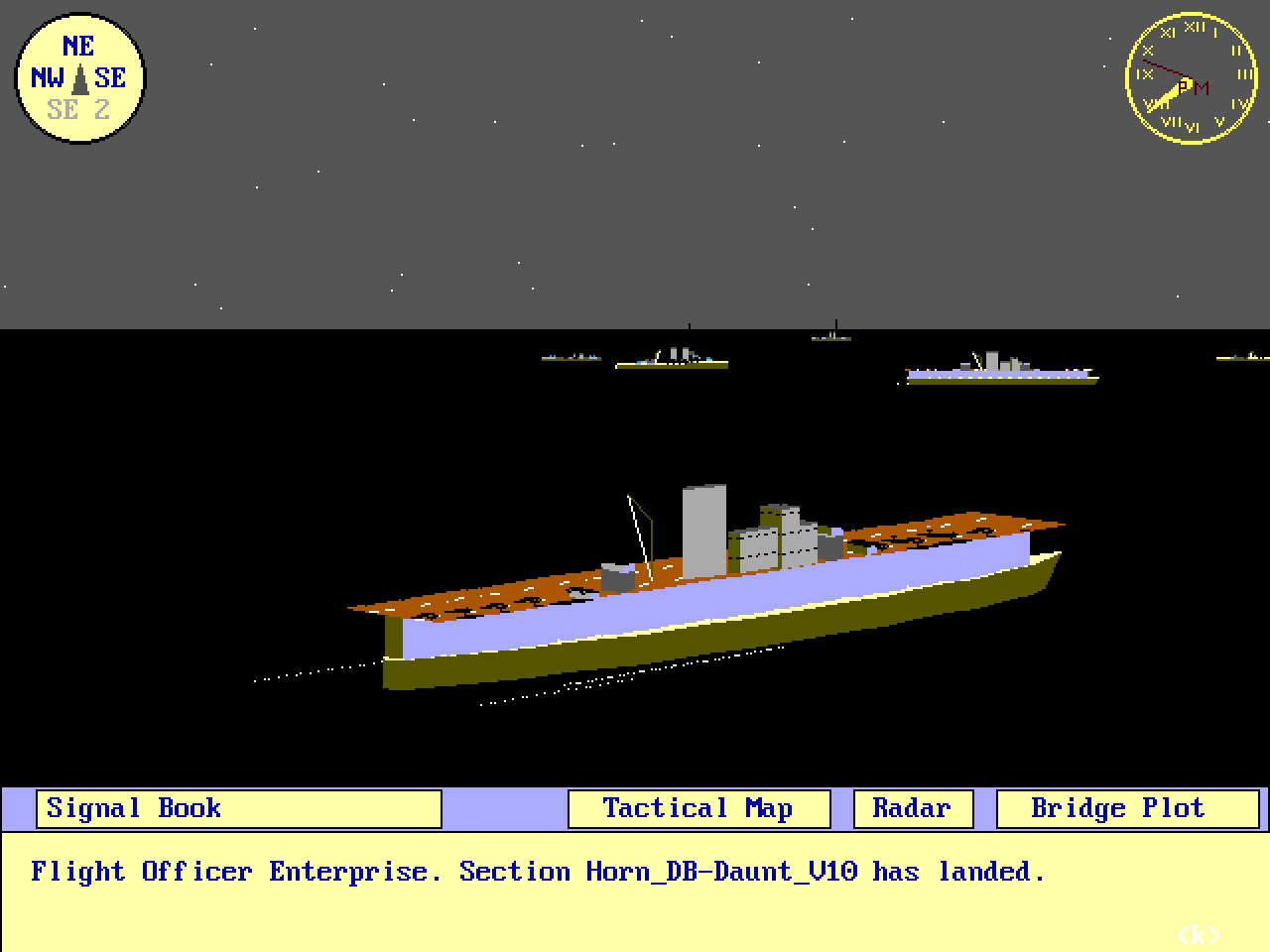
Once the nervy blind man’s buff is over, things like wind direction, aircraft range, deck crowdedness, and time of day, become major preoccupations. Flat-tops must turn into the wind to launch and recover aircraft, and nightfall – a blessing when you’re desperate to put distance between damaged vessels and danger – sometimes proves deadlier than flak or fighters when you’re struggling to recover a big late-in-the-day strike.
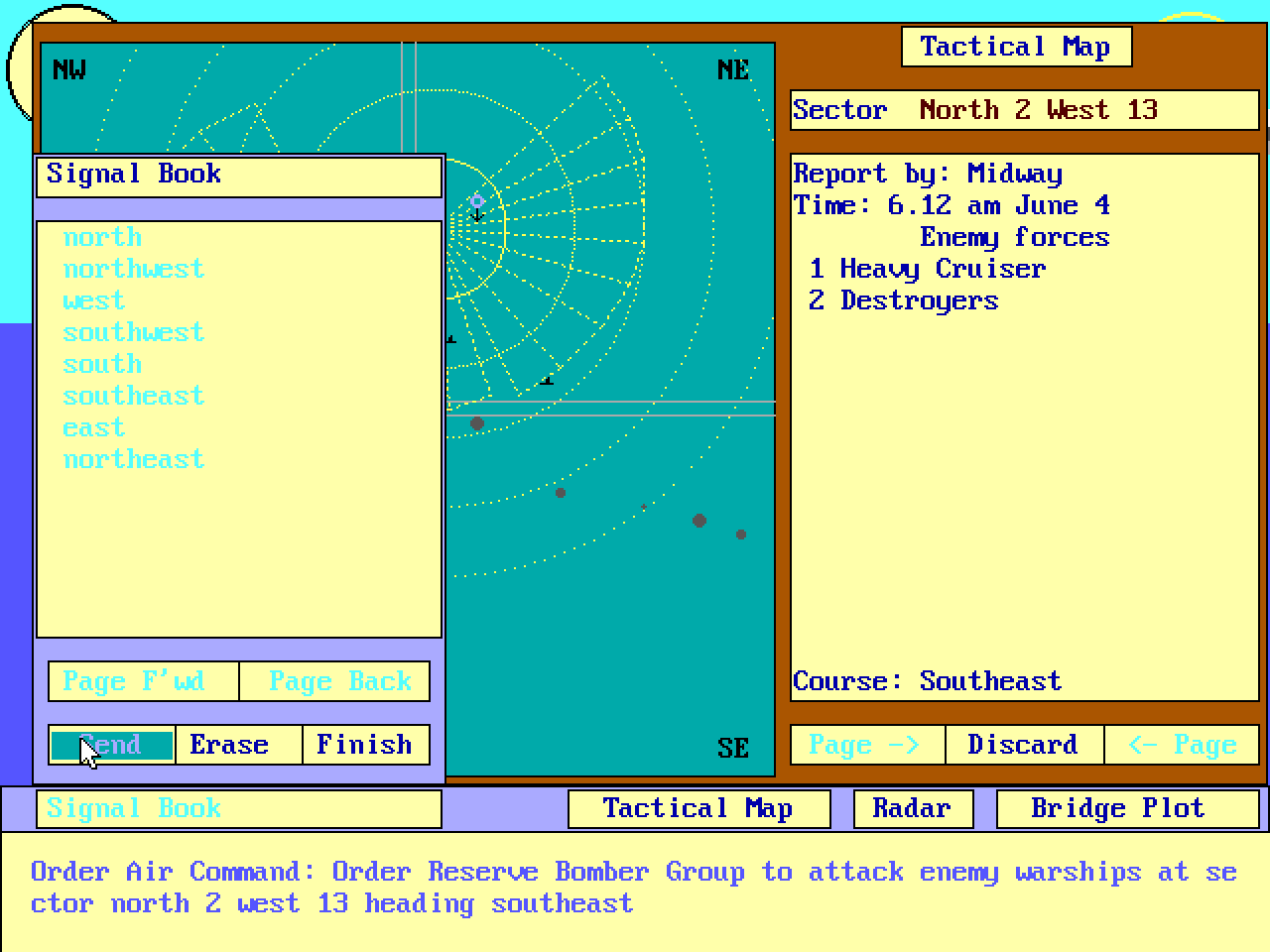
Jockeying with the tightly shackled camera and uncommunicative tac map for the title of Midway’s most outré feature is the text-based order issuing system. In Turcan’s earlier works armchair generals/admirals typed out commands letter by letter in a text adventure manner… Reille attack Hougoumont… D-Erlon send me your battle report. In ‘Volume 1 of the Cincpac series’ the process is streamlined and simplified via a UI element called the signal book. By selecting words and phrases from nested menus, the player is able to issue complicated orders with minimum effort.
Minneapolis, form a task group with Vincennes and Atlanta and await orders…. Hornet, launch airstrike on enemy warships at sector north 5 west 8 heading northeast… New Orleans, close range with Kongo… Section Ente-Dauntless-V5, patrol to Midway then to Kure and back… Comsubpac, request submarine lifeguard patrols sector north 4 west 9…
A minute or two after digesting the latest batch of sector reports, and settling on appropriate responses, you’ve turned your intentions into instructions and are ready to launch the next hands-off execution phase.
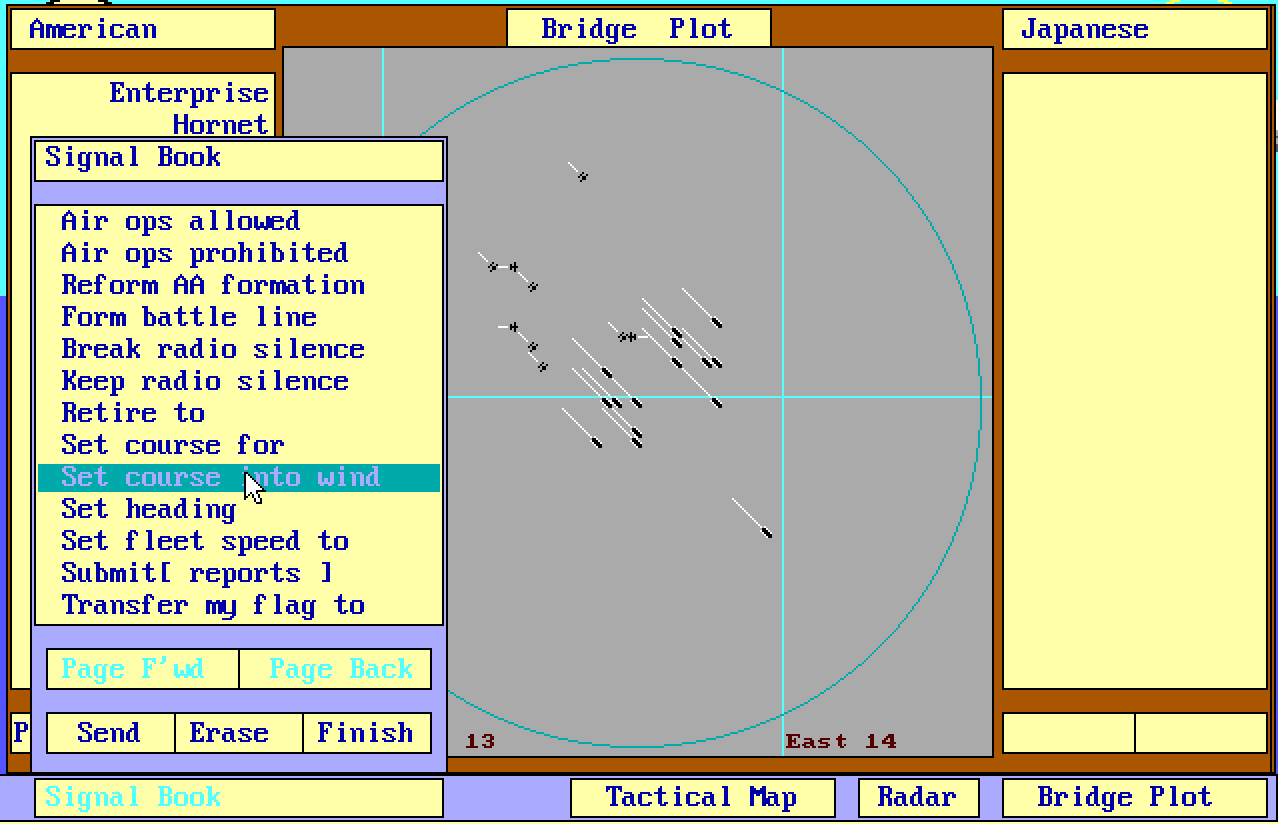
The signal book manages to be both friendly and naturalistic. Using it players can do anything from creating bespoke formations and subordinate taskforces, to redistributing carrier aircraft, altering turn lengths, and urging independent AI-controlled TF commanders to provide support.
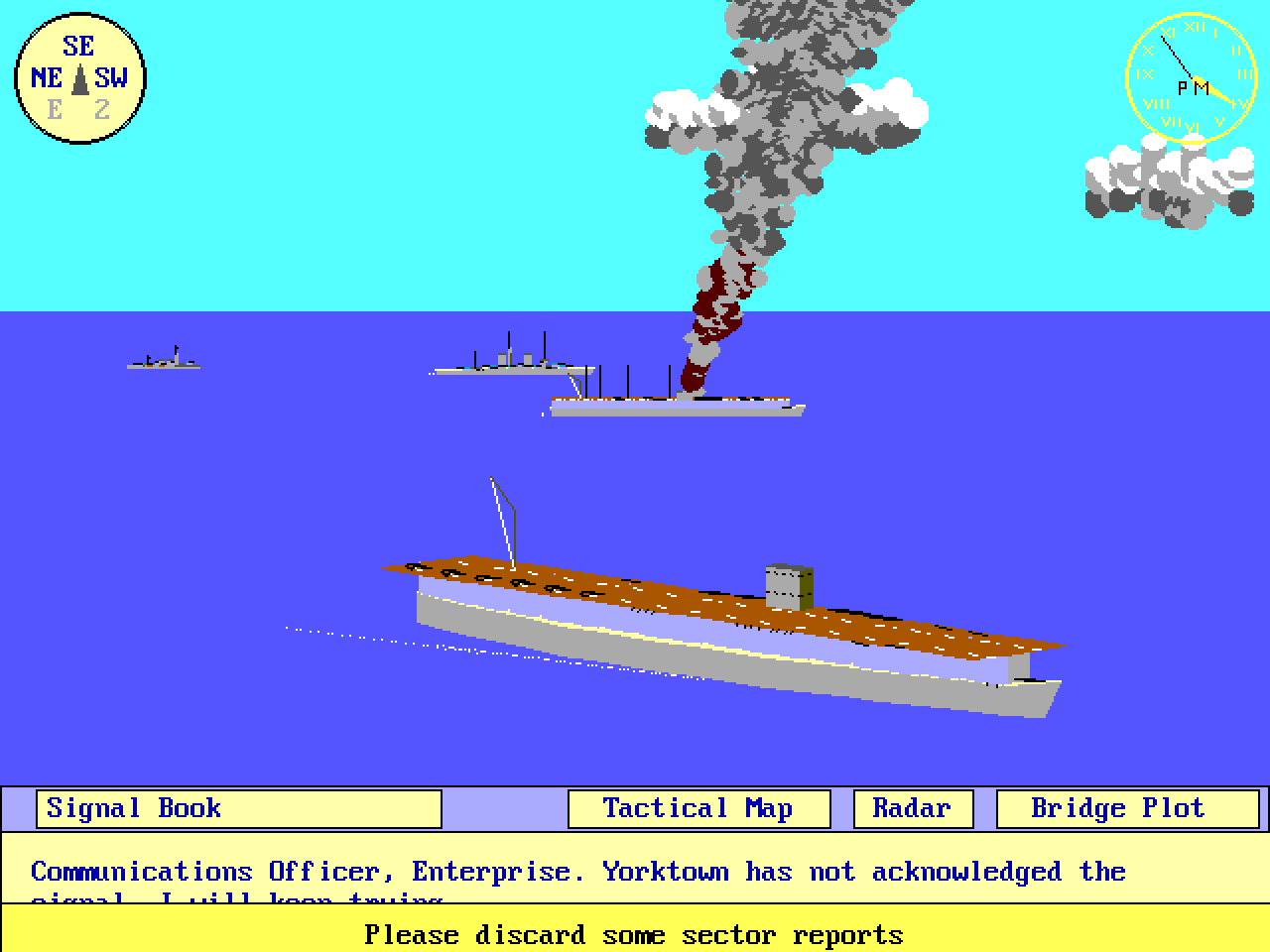
Talking of AI, assessing its quality in Midway is tricky thanks to the soupy FoW. I can testify to the fact that the CPU can humble a human when given stewardship of the numerically superior Japanese forces, but, entrusted with USN taskforces in the historical scenario, I’ve yet to see it achieve a historical result. I’m fairly certain it’s sufficiently smart to employ small decoy groups at times and realises that its radio transmissions can function as both bait for traps and diversionary chaff.
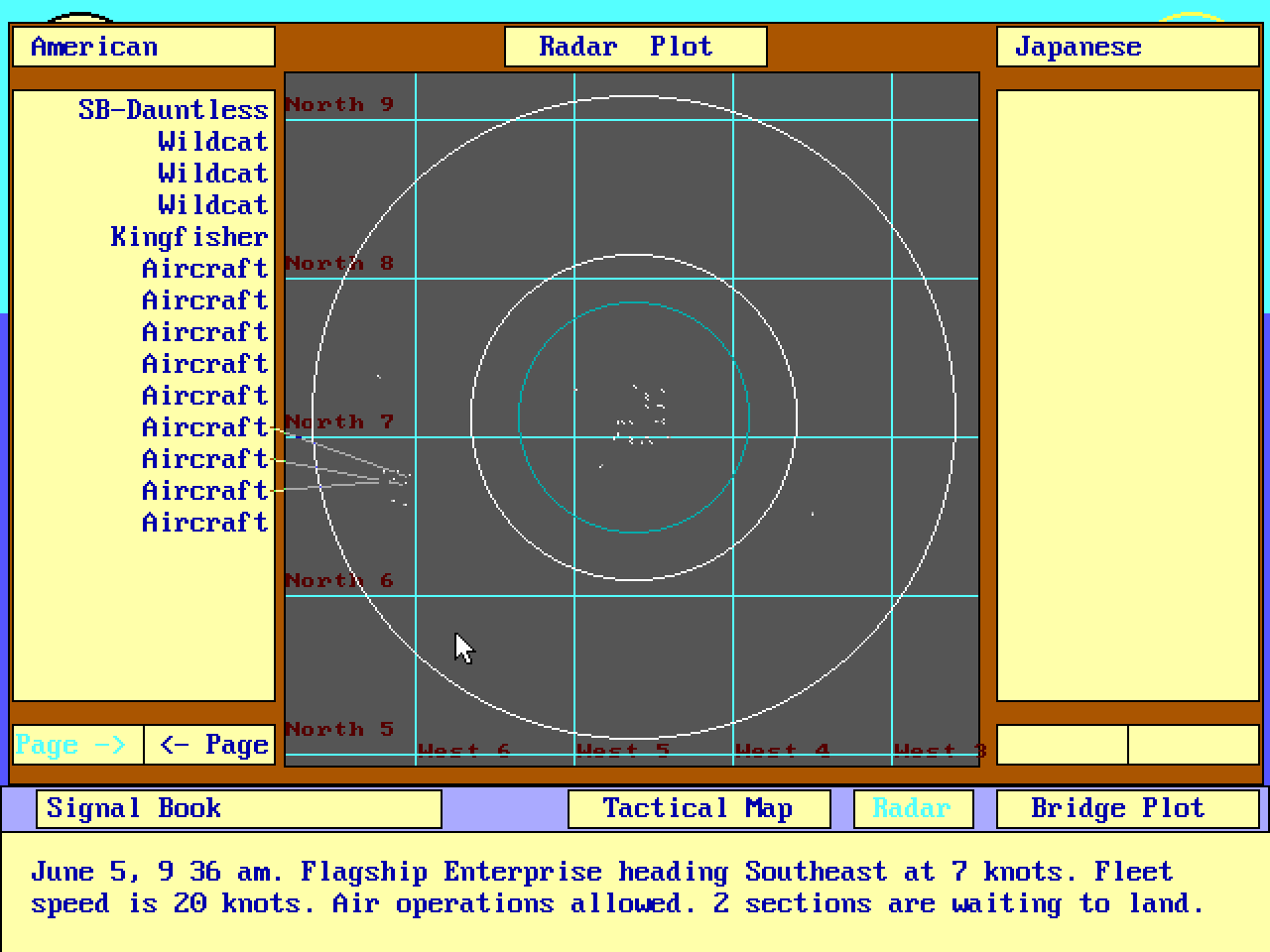
If, on release, Midway had been reviewed by the likes of Bill Trotter and M. Evan Brooks, I suspect it would have ended up with solid scores. Although old hands like the Desktop General might have grumbled about its poor report management facilities* (sector reports can’t be filtered by age or type, must be individually deleted, and can leave the unzoomable tac map awfully cluttered), the crude and largely superfluous 3D graphics, and the fact that you can’t watch a FoW-less replay of your battle when the fighting is over, I’m sure the game’s ability to create tension, and impose realistic command constraints, would have been recognised and praised.
* Getting an overview of your air assets is harder than it should be too
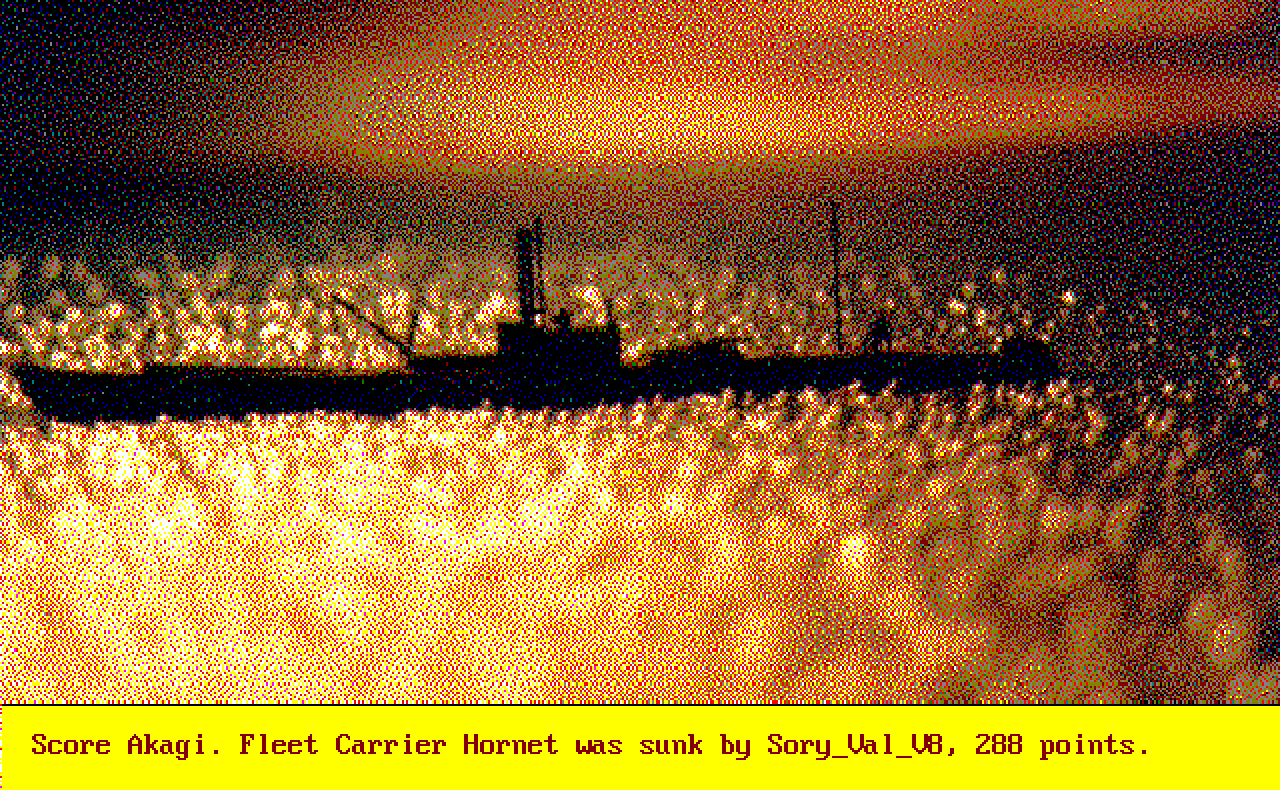
Judging from the lack of magazine ads, Turcan Research Systems had a minuscule marketing budget. I doubt Midway’s bulky box found its way onto the shelves of many game emporiums outside the UK, and if potential customers did happen to encounter it, there was a fair chance their gaze would have quickly wandered left or right to games with more eye-catching packaging and higher profiles. Task Force Admiral’s long-lost ancestor had the misfortune to launch in the same year as the likes of Pacific Air War: 1942, Panzer General, and Aces of the Deep.
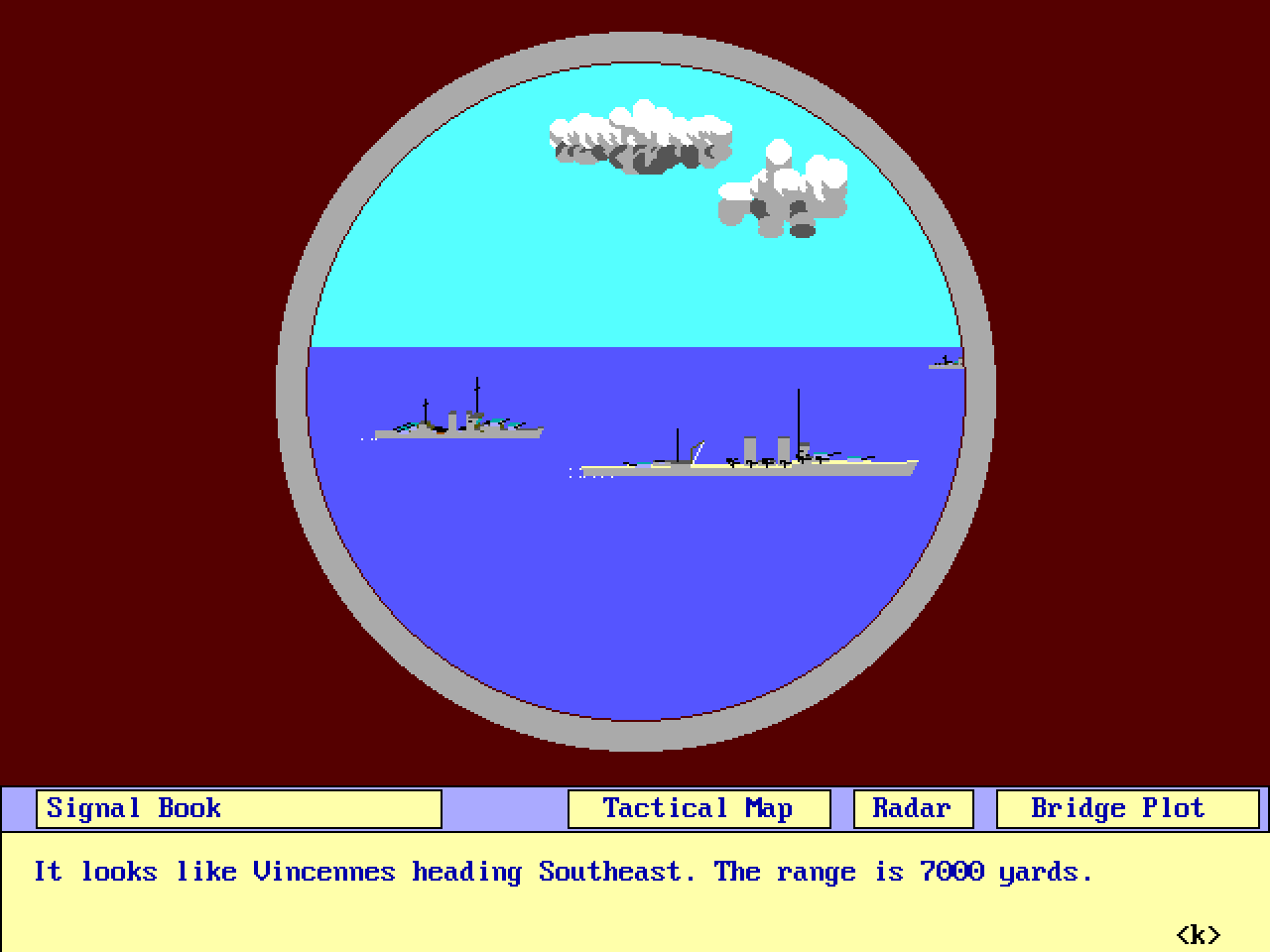

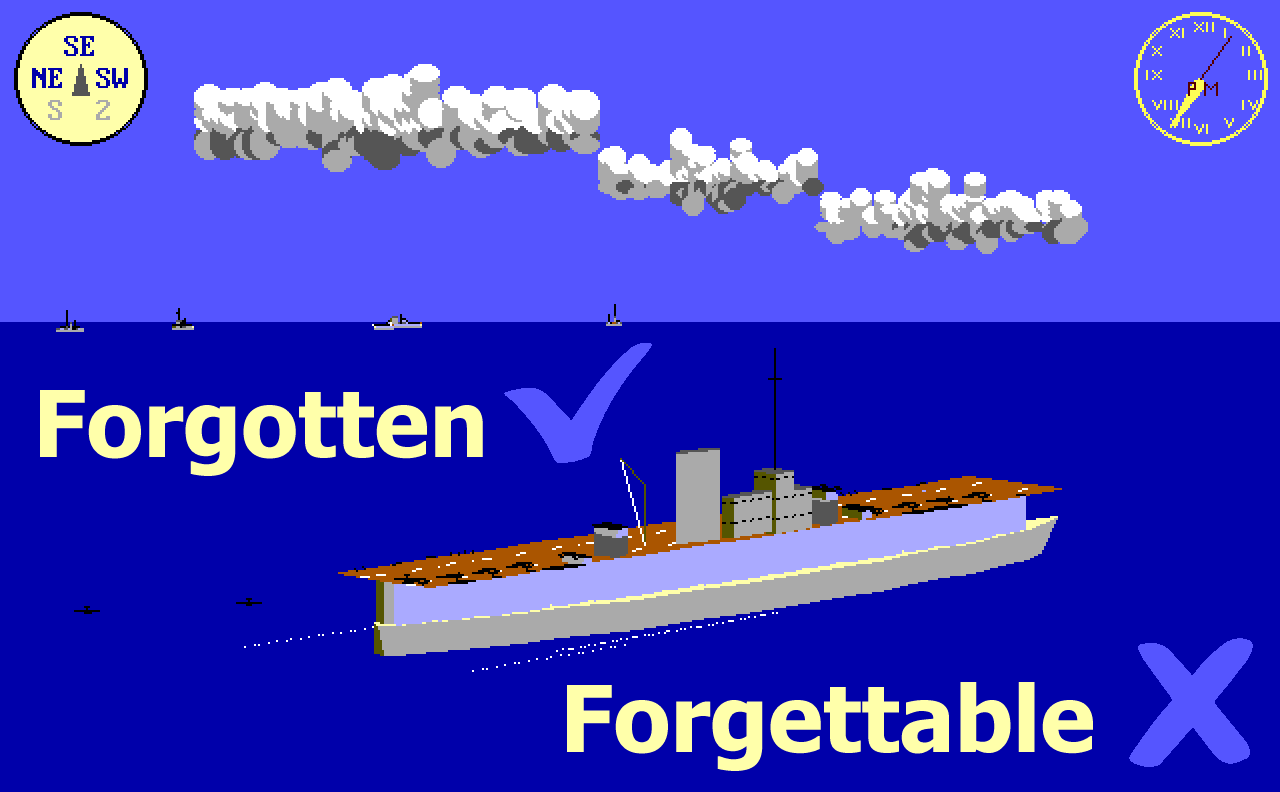
Dear Tim, thank you for this long-awaited review. Hope we’ll do the job so as to be worthy of Mr Turcan’s achievement!
After I got to know the existence of this game a few months ago, when I got in touch with you about it (thank you for the manual by the way, it’s now printed & indeed it’s good material) it felt so ironic that even though I designed TFA with Dr Turcan’s Waterloo in mind (another game I discovered through the Flare Path back in the day), there was a Midway game by the same mind just there, ripe for the taking. Had I known…!
Now, let’s that rig of yours working ~
Thanks for the tip-off, Alain. Although Turcan’s Midway didn’t inspire TFA, I hope you’ll sneak in a hat-tip somewhere.
I’d be interested to hear your thoughts on the manual’s ‘historical narrative’ and ‘recommended reading’ sections too.
Thank you as ever
I can’t find this on any abandon ware, am I doomed to buy a USB floppy disk drive and scour eBay?
Say it ain’t so Tim
Look around a bit more, I was able to find it.
I have only tried from my phone today so maybe it’s worth a different browser later… Good to know it’s our there!
Assuming you’re not playing it on original hardware, you’ll need to add ct-drive.com (found in this pack: https://www.vogons.org/viewtopic.php?t=76607) to the install folder in order to get audio working.
Awww man. Today I learned Bill Trotter died.
I never could appreciate the games he played and reviewed for PC Gamer when I was very young, but going back to those old episodes I found a lot of great insight and recommendations.
RIP
This review convinced me that Radio Commander at Sea would work. That Signal Book is a really cool design. Seems to me core gameplay here is ready to be brought back with an updated UX.
It would be wonderful to see more games experiment with highly limited information and unreliable reports, and giving careful orders rather than micromanaging.
I do love the style of artwork you see in old games. Maybe it’s nostalgia but something about the relatively crude nature of it along with strong colours really gets my imagination going.
Great read Tim!
I played Bismark – Death of a Battleship on the BBC B which was quite similar (not in gfx!). Was great sending off ships to scout for it, and trying not to get the Hood blown up.